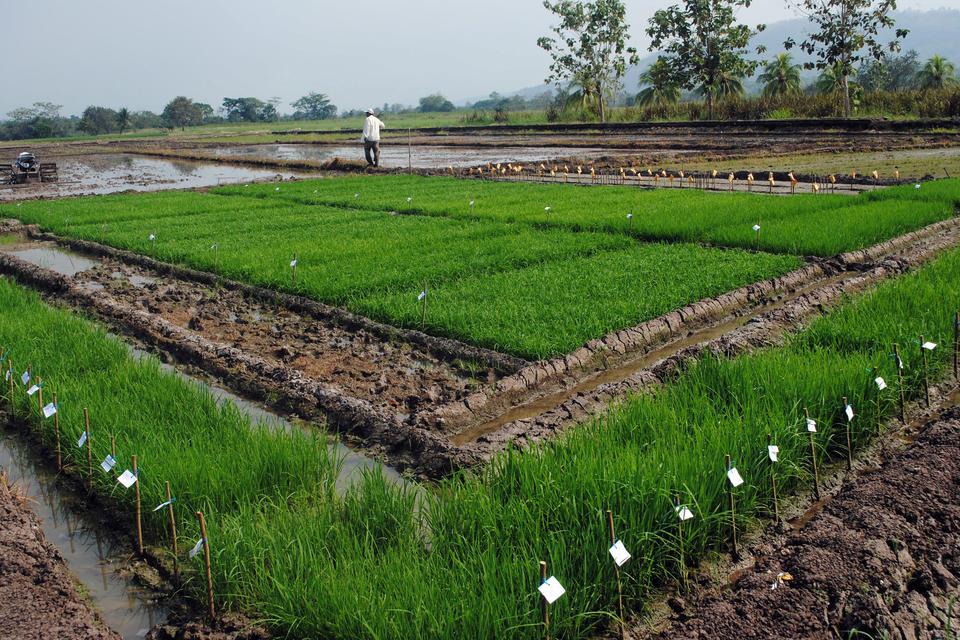How Can AI and Deeper Roots Help Soil to Store more Carbon?
- From
-
Published on
03.04.24
- Impact Area

In 2020, global agricultural emissions were equivalent to 16 billion tonnes of carbon dioxide (an increase of 9% since the year 2000), and globally, the 2020 farm gate emission represented nearly half of total agricultural emissions, according to the Food and Agriculture Organization of the United Nations (FAO).
In Going deep: Roots, carbon, and analyzing subsoil carbon dynamics – published in the international journal Molecular Plant – the authors (led by Angela Fernando from the Alliance of Bioversity International and CIAT) explained how improving soil carbon is a way for farmers to increase food production, achieve global net-zero carbon emissions, and address the impacts of climate change.
“The aim of the article was to summarize all the methods and ideas in one place, so that experts in the field would be able to make the most of them,” says Fernando.
Related news
-

Mapping for Resilience: How Spatial Data is Transforming Karamoja Cluster
Ibukun Taiwo02.07.25-
Climate adaptation & mitigation
Pastoral communities in the Karamoja Cluster (a region spanning Kenya, Uganda, South Sudan, and Ethi…
Read more -
-

Building Resilience and Regeneration: The Central Highlands Ecoregion Foodscape (CHEF)
Sehlule Muzata02.07.25-
Climate adaptation & mitigation
At the CGIAR Sustainable Farming Program (SFP), we believe that collaboration is essential for trans…
Read more -
-

Planting with Precision: How Weather and Climate Information is Changing Bean Farming in Rwanda
The Alliance of Bioversity International and the International Center for Tropical Agriculture (CIAT)01.07.25-
Climate adaptation & mitigation
Imagine weather information as a GPS for farmers. Without it, the journey becomes uncertain, filled…
Read more -
